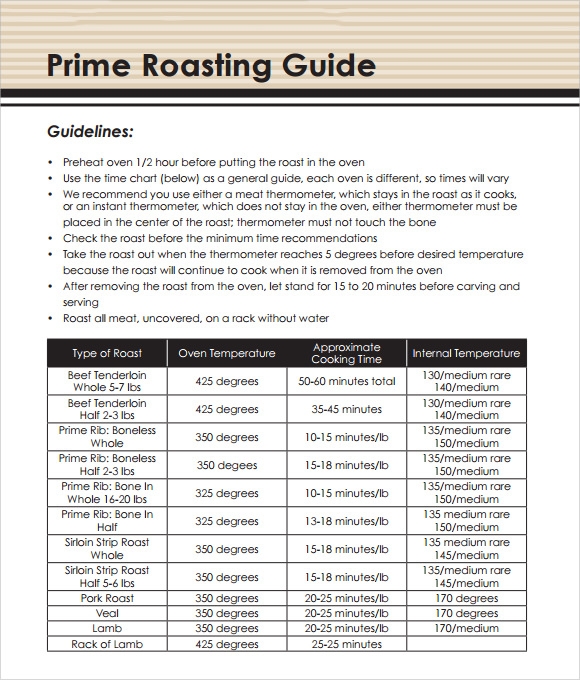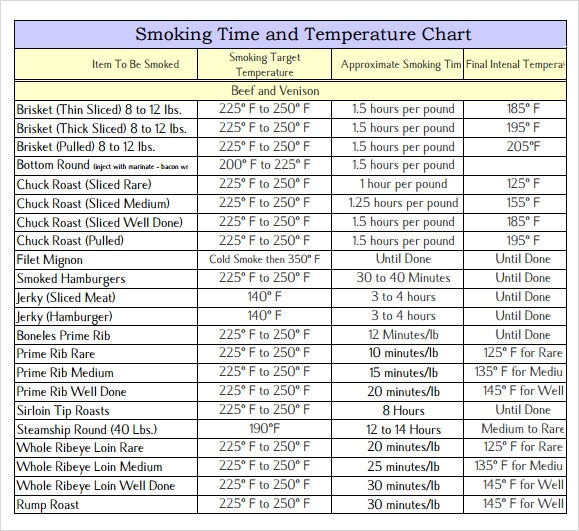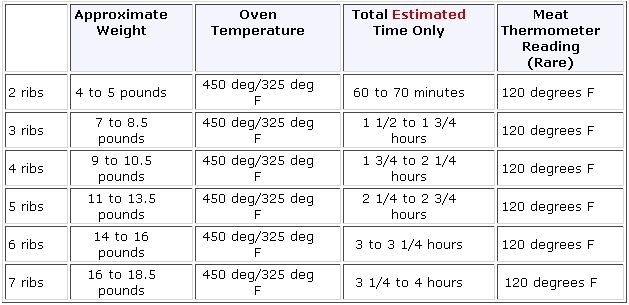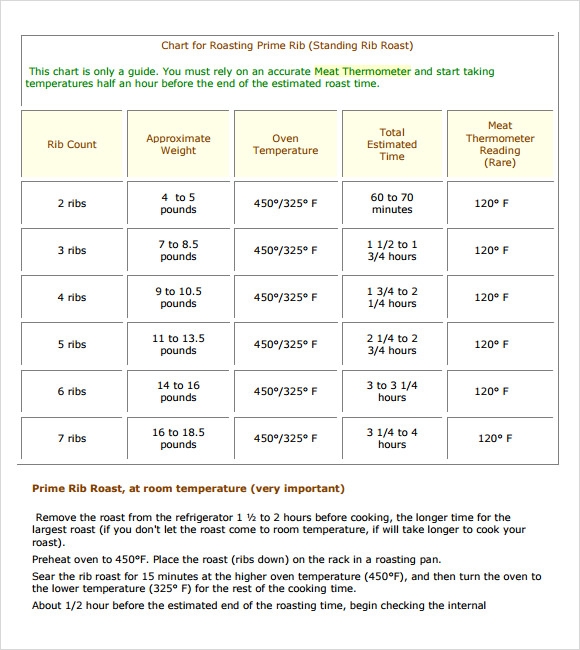When cooking a boneless prime rib, it is important to follow a cooking chart to ensure that your meat is cooked to perfection. For oven roasting, preheat your oven to 450°F. Place the prime rib in a roasting pan with the fat side up. Cook for 15 minutes at 450°F, then reduce the heat to 325°F and continue to cook for about 13-15 minutes per pound for medium-rare, or 15-17 minutes per pound for medium. Use a meat thermometer to check for doneness – 135°F for medium-rare and 145°F for medium.
Remember to let the meat rest for at least 15 minutes before carving to allow the juices to redistribute. This will result in a juicier and more flavorful prime rib.
2. Sous Vide Cooking
For those who prefer using a sous vide method, cooking boneless prime rib is just as easy. Set your sous vide machine to 132°F for medium-rare or 140°F for medium. Place the prime rib in a vacuum-sealed bag and cook for 4-6 hours, depending on the size of the roast. Once the meat is cooked, sear the outside in a hot skillet for a crispy crust.
Sous vide cooking ensures that your prime rib is cooked evenly from edge to edge, resulting in a perfectly tender and juicy roast every time. Just be sure to follow a reliable cooking chart to achieve the desired level of doneness.
3. Grilling
Grilling boneless prime rib is a great option for those who love the charred, smoky flavor that comes from cooking over an open flame. Preheat your grill to high heat and sear the prime rib on all sides for about 2-3 minutes per side. Then, move the roast to indirect heat and continue cooking for about 15-17 minutes per pound for medium-rare, or 17-20 minutes per pound for medium.
Use a meat thermometer to check for doneness – 135°F for medium-rare and 145°F for medium. Let the prime rib rest for at least 15 minutes before slicing to allow the juices to redistribute.
With these cooking times for boneless prime rib chart, you can confidently cook a delicious and perfectly cooked prime rib every time. Whether you prefer oven roasting, sous vide cooking, or grilling, following a cooking chart will ensure that your boneless prime rib turns out tender, juicy, and full of flavor.




